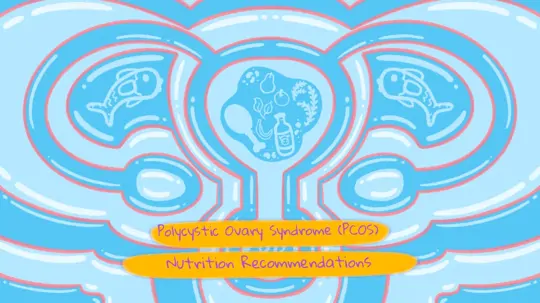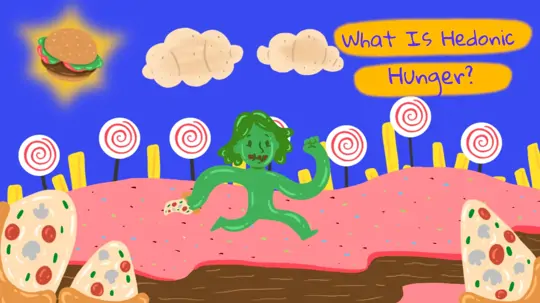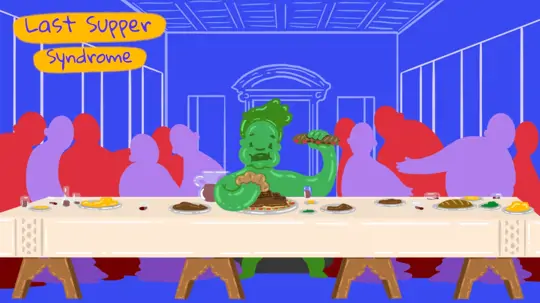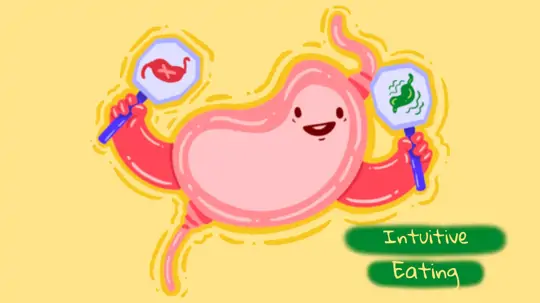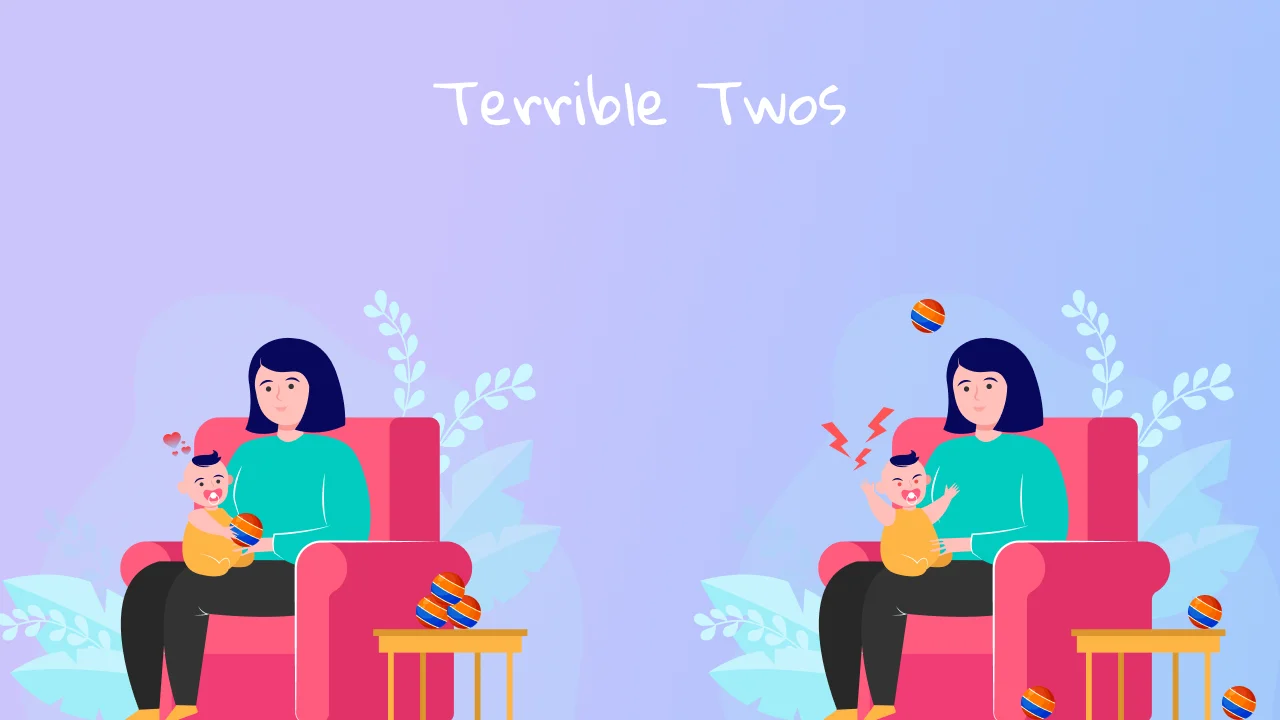
Start feeling better today!
Connect with your therapist today and take control of your life like our 850.000 happy clients.
Get StartedWhat are Terrible Twos?
The term "Terrible Twos" refer to a healthy development period characterized by children's efforts to define themselves as individuals as well as outbursts of rage. This period is frequently difficult for parents.
When they are not given what they want, young children may exhibit behaviors such as crying, shouting, and messing up in order to impose their own existence and authority. We discussed the terrible twos in children, their symptoms, how long they last, and what can be done to get them over with.
The 2-year-old syndrome is a critical developmental stage in which children gradually begin to learn new skills and become aware of their own identity for the first time. Children begin to explore their environments, recognize objects, use their bodies, and, in short, communicate with the world at the age of 18 months, thanks to the intellectual and physical skills they have acquired1.
They wonder, examine, ask questions, jump from experience to experience, occasionally fall, try to make sense of it all, and learn emotions like anger, happiness, and surprise through experience. They are now more liberated in every way2.
Difficulties of The Terrible Twos
When we refer to "the terrible twos," we are referring to a set of symptoms that every parent is familiar with during this time but has difficulty defining and understanding. During this time, we discuss the new behaviors observed in the child as they attempt for the first time to discover themselves as a separate individual from their parents and to impose themselves in this way on the world.
Because these changes, which are thought to be a normal part of development, cause adolescent-like symptoms like anger, stubbornness, and restlessness, the age of two is commonly referred to as "the toddler syndrome." In fact, this period has been termed the "Terrible Twos" by scientists. The most essential point for parents to remember here is that the symptoms of the Terrible Twos are temporary.
These developmental processes, which are considered necessary and normal for all individuals, can be painful, with the aforementioned physical and mental consequences for both children and parents. The age of two is a critical developmental stage. On the other hand, the emergence of this syndrome and all of its complications is due to the child's first steps toward becoming a separate individual3. So what are the symptoms of Terrible Twos?
Terrible Twos Symptoms
There are numerous indications of this new process, which both children and parents begin at the age of two. Change has occurred in every aspect of development. At this stage, sudden behavioral changes, particularly in children, are noticeable.
These changes in the child, who is attempting to demonstrate their new abilities, are mostly observed with surprise and helplessness by the parents. From the outside, these new behavioral patterns in children and symptoms of the "Terrible Twos" can be observed in the following ways1, 3:

- Doing the opposite of what the parents want
- Stubbornness
- Outbursts of anger
- Breaking, biting, throwing, and hitting things or people
- Restlessness
- Sudden mood swings
- Engaging in acts that harm others or oneself
- Being very persistent
- Constant crying
- Jealousy
- Shyness
- Change in appetite and refusal to eat
- Change in sleep and resisting sleep
- Problems going to the bathroom
As can be seen, the symptoms of the "terrible twos" in children are so varied that observing the same patterns in every child is nearly impossible3. The severity of the symptoms, which can vary from child to child, also changes over time. It is not surprising that this process is difficult for both parties as a result of these behaviors.
Furthermore, parents may never have seen these behaviors in their two-year-old children before. So, when do the Terrible Twos, with all of their innovations and challenges, begin, and how long do they last?
When Do "Terrible Twos" Start and How Long Do They Last?
Although it is commonly referred to as the "terrible twos," research indicates that this syndrome does not always begin at the age of two. Indeed, all of these behavioral patterns have been observed in children as young as 18 months3.
It is also known from research that the "Terrible Twos" last between the ages of three and three and a half. On the other hand, it should be noted that this period can sometimes last up to four years. Given that each of us experiences every moment of our journey to becoming an individual from our own point of view, these differences are understandable. Many factors, ranging from temperament to environmental conditions, can influence the onset, duration, and severity of Terrible Twos3.
In addition to all of this, one of the most important points to discuss when it comes to duration and intensity in the Terrible Twos is the role of the parent. As can be seen, the terrible twos are a personal experience that should be assessed both individually and as a family.
Parenting a 2-Year-Old Child
What responsibilities do the parents and adults around the child have at this point as the child goes through a process of biological and psychological changes? As expected, parents play a crucial role here. While the child struggles to be an independent individual, it is critical for parents to allow their children to go through this process in a healthy and satisfied way.
A healthy environment that welcomes the child's rage, curiosity, stubbornness, and all the ideas they bring will be critical for the child's physical and mental health today and in adulthood4.
It would be a big mistake for parents to think of "Terrible Twos" as a disorder that emerges suddenly in their child. Experts, on the other hand, believe that "Terrible Twos" are an important part of a child's natural and healthy development process5.
On the other hand, it is undeniable that the changes brought by the Terrible Twos were at times difficult for both parties. As might be expected, there is such a careful balance in the management of this process that it can be difficult for parents to find this balance on occasion.
When confronted with the Terrible Twos, parents may feel helpless, angry, confused, unhappy, and tired most of the time3. Therefore, we offer some advice to parents on how to navigate this process with their children more comfortably and healthily.

Parenting Tips for Dealing with the Terrible Twos
- Remind yourself as often as possible that the terrible twos are a temporary phase and a normal part of development.
- Recognize the emotions that this process creates in us, make space for them, and take time for yourself.
- Be aware of the emotional changes that the child experiences, not to reject them but to make room for them to experience them in healthy ways.
- Explore new and healthy ways for the child to release energy.
- Set healthy boundaries, rather than restricting or punishing.
- Be consistent.
- Avoid raising your voice during conversations, make eye contact, and be in contact with the child.
- Avoid stubbornness and excessive refusals against the child's wishes. Set the rules together. Don't force the child to do something they don't want.
- Express the behavior expected from the child in a clear and age-appropriate manner.
- Don't imply; avoid using metaphorical or abstract concepts.
- Give the child messages that they are safe, accepted, and understood.
- Be a good role model for the child.
As can be seen, there are numerous balanced, adaptable, and healthy options for parents to consider during their children's Terrible Twos1. On the other hand, it is understandable to have difficulties with the child during this time and to feel helpless, hopeless, and angry at times.
At these times, the parents' attitude toward themselves is also critical. The parent's approach to what is going on with themselves and their feelings with care, acceptance, and compassion will be an important and powerful role model for the child.
In addition to all of this, getting social and professional help during the challenging and sensitive Terrible Twos period would be an example of self-compassion if we had difficulties regulating our own emotions and in our relationship with our child and we believed that we would have difficulty dealing with Terrible Twos on our own.
Hiwell Online Therapy, with its licensed therapists in the specialty of parenting, can provide you with the psychological support you require during the difficult but rewarding process of raising children.
Sources
- Giil, Karen.2019, What to Expect from the Terrible Twos, Healthline.
- Muravchik, J.1992, Eastern Europe’s “Terrible Twos”, Journal of Democracy.
- Sturge, C.2010, The Terrible Twos, ABC of One to Seven, Chapter 2.
- Deichmann, F.2021, The terrible twos: How children cope with frustrations and tantrums and the effect of maternal and paternal behaviors, The Official Journal of the International Congress of Infant Studies.
- Helming, L.2015, God’s Plan for the Terrible-Two’s, Dordt College.
